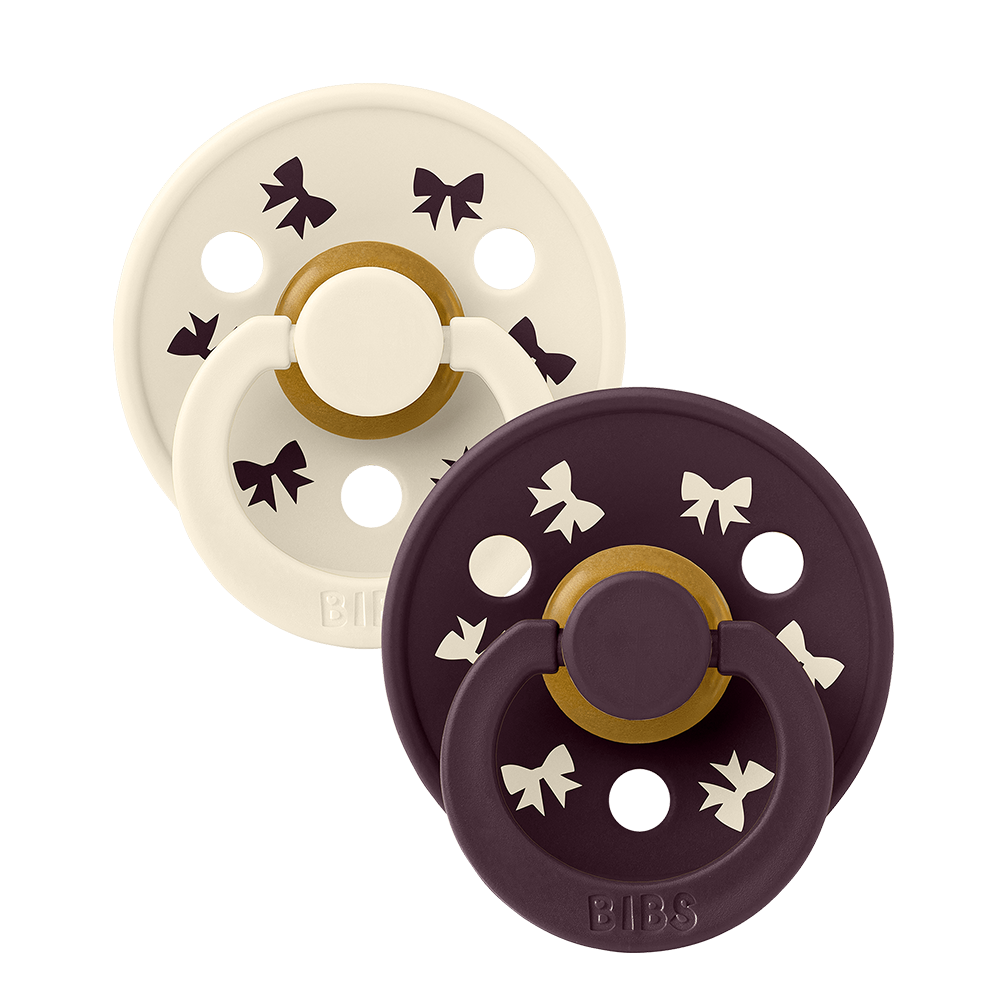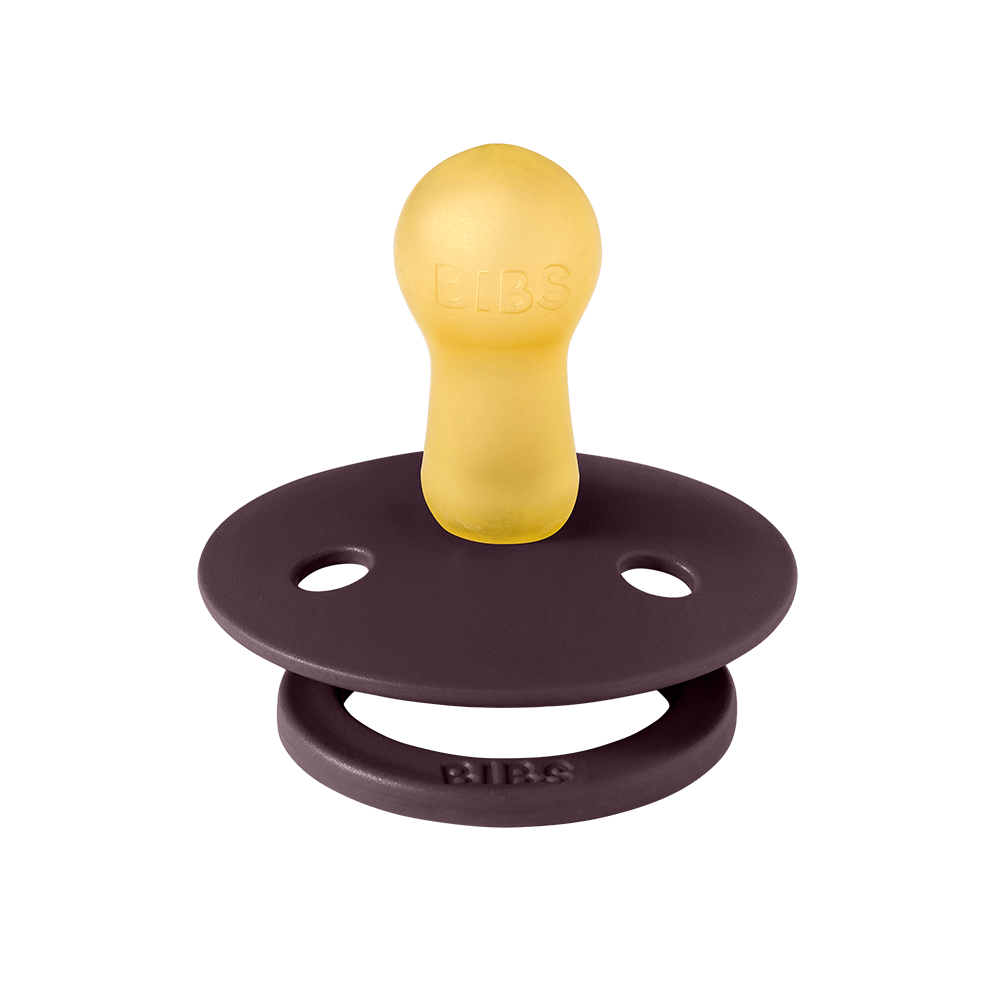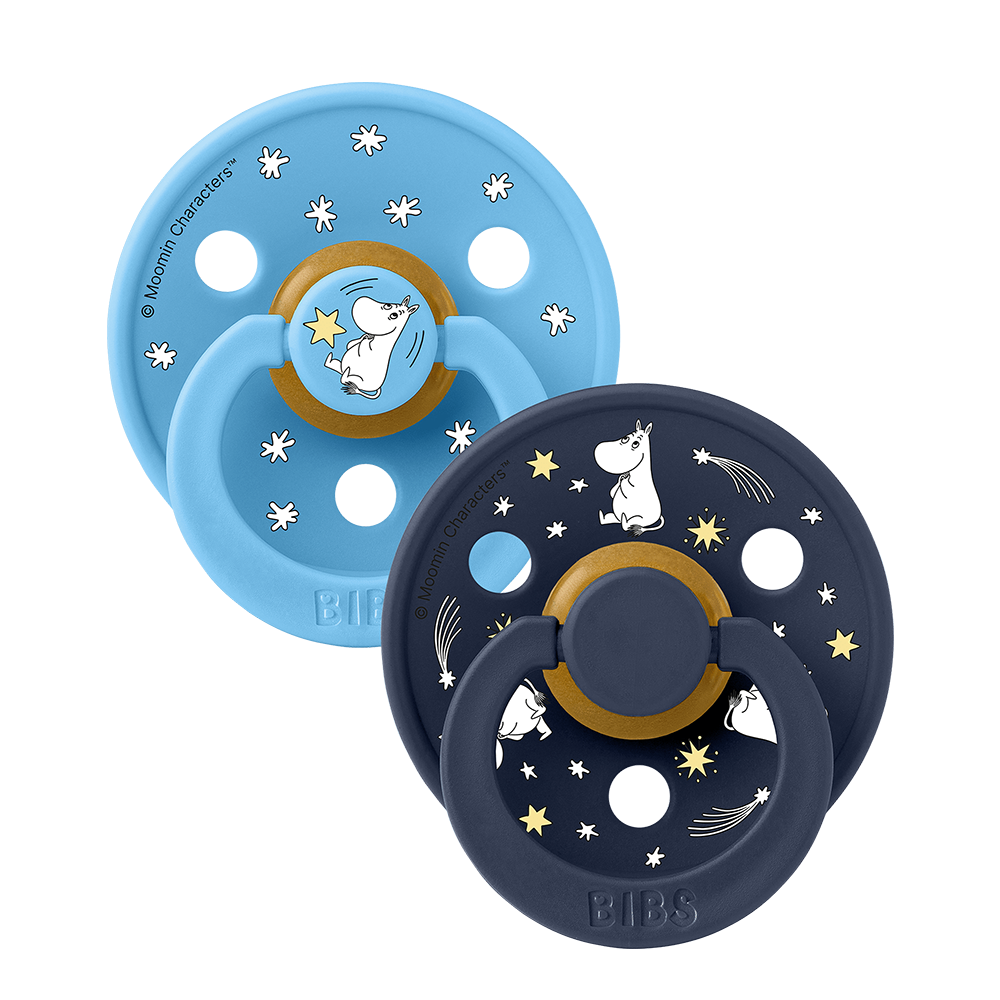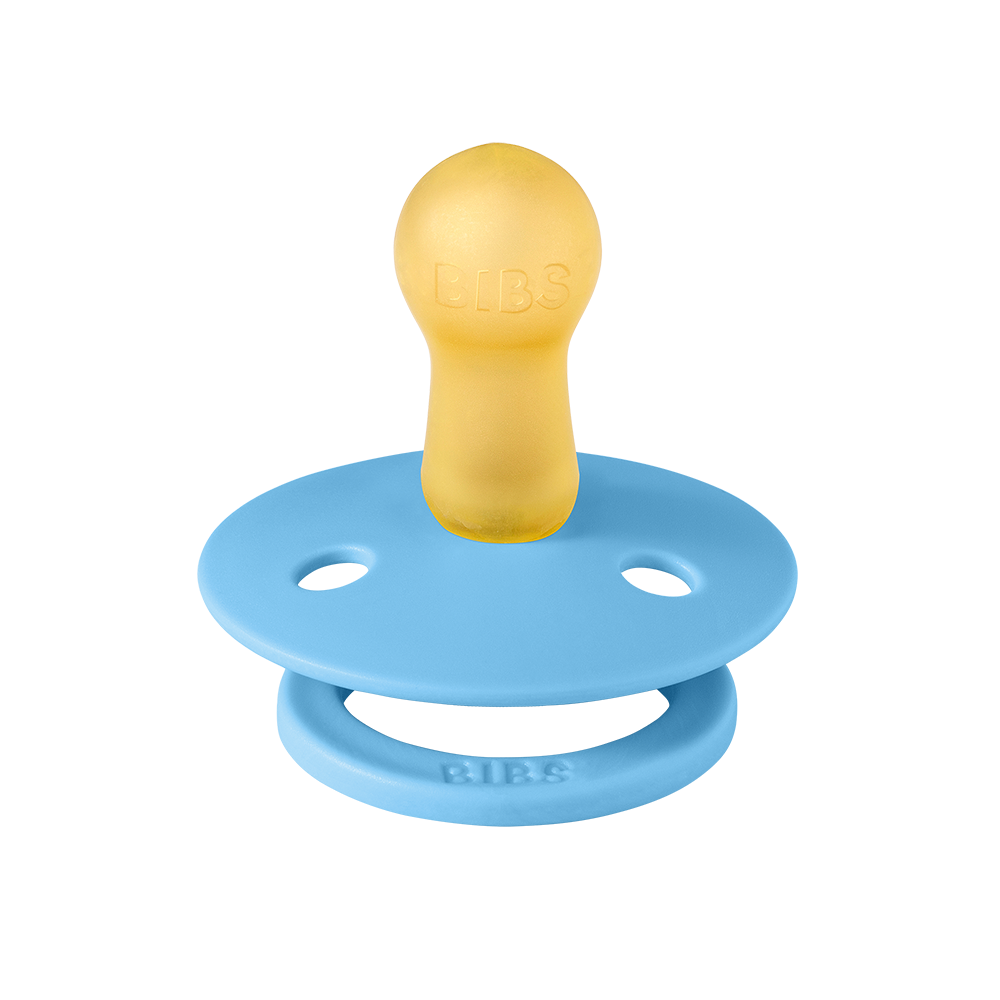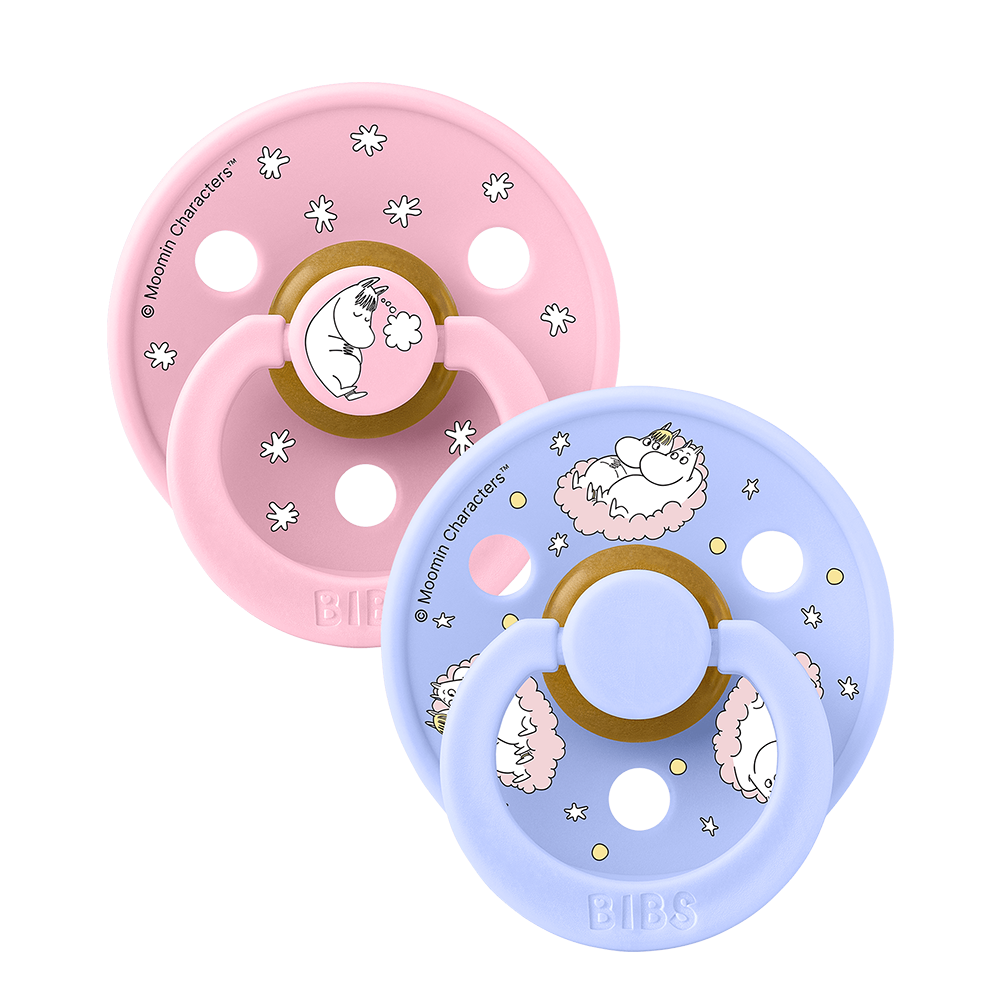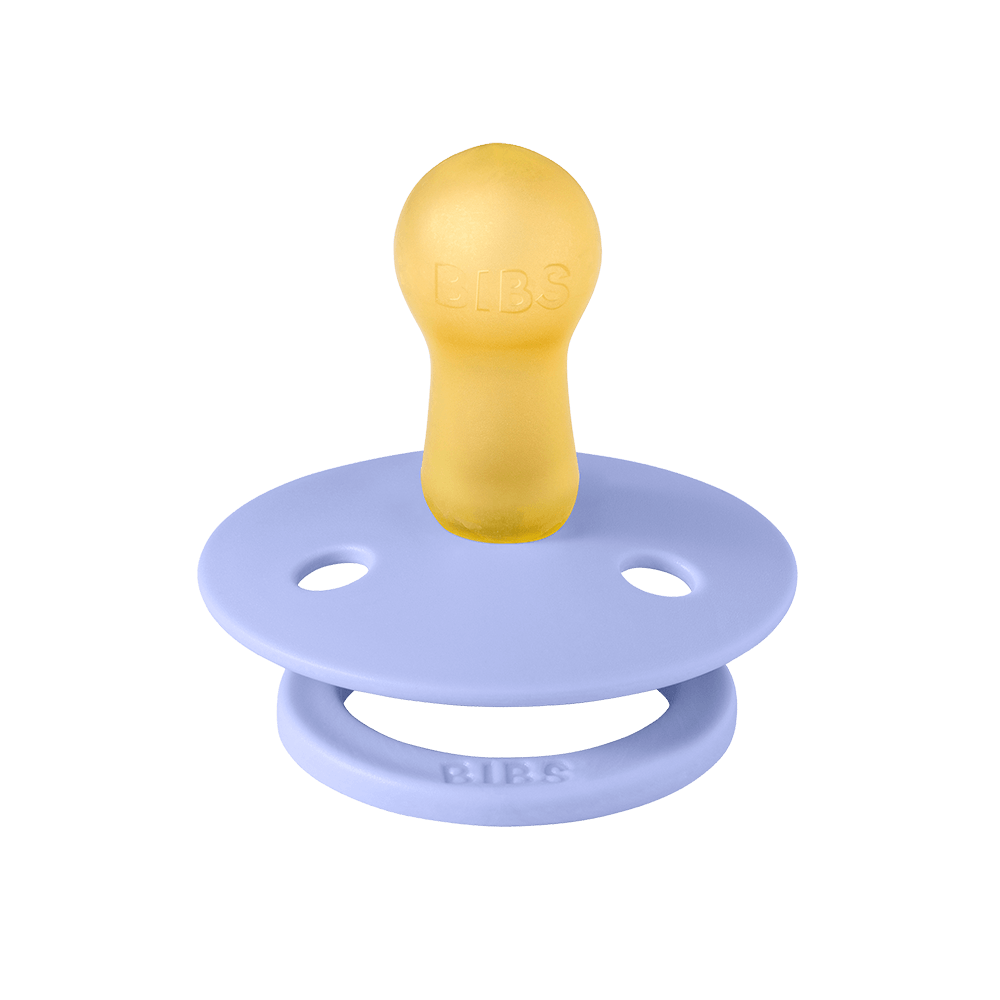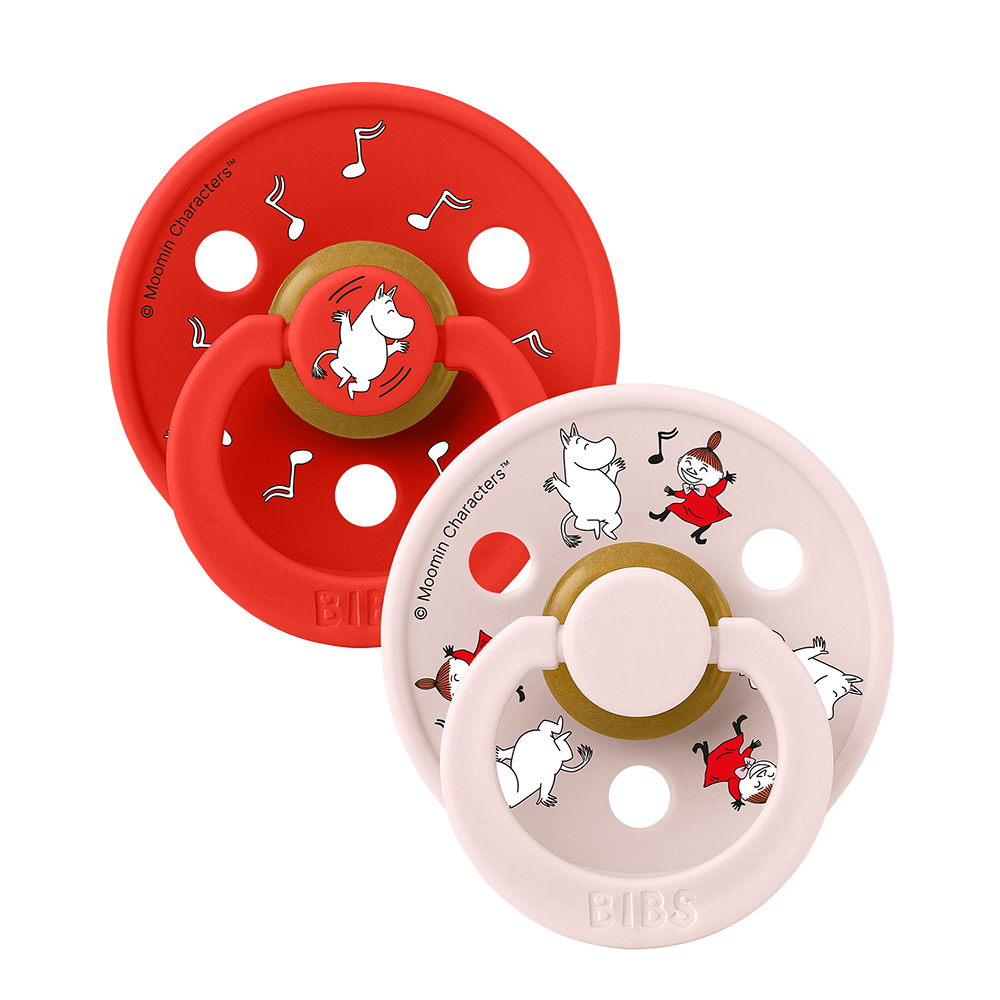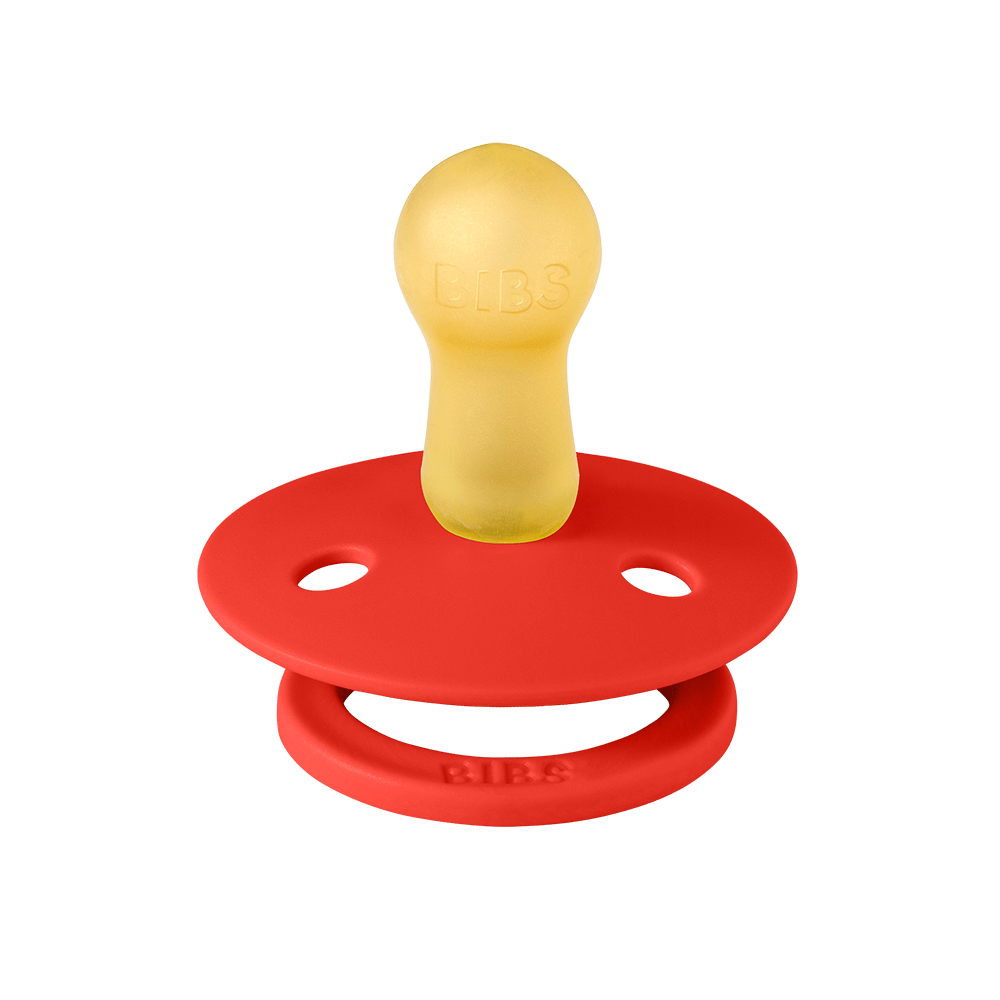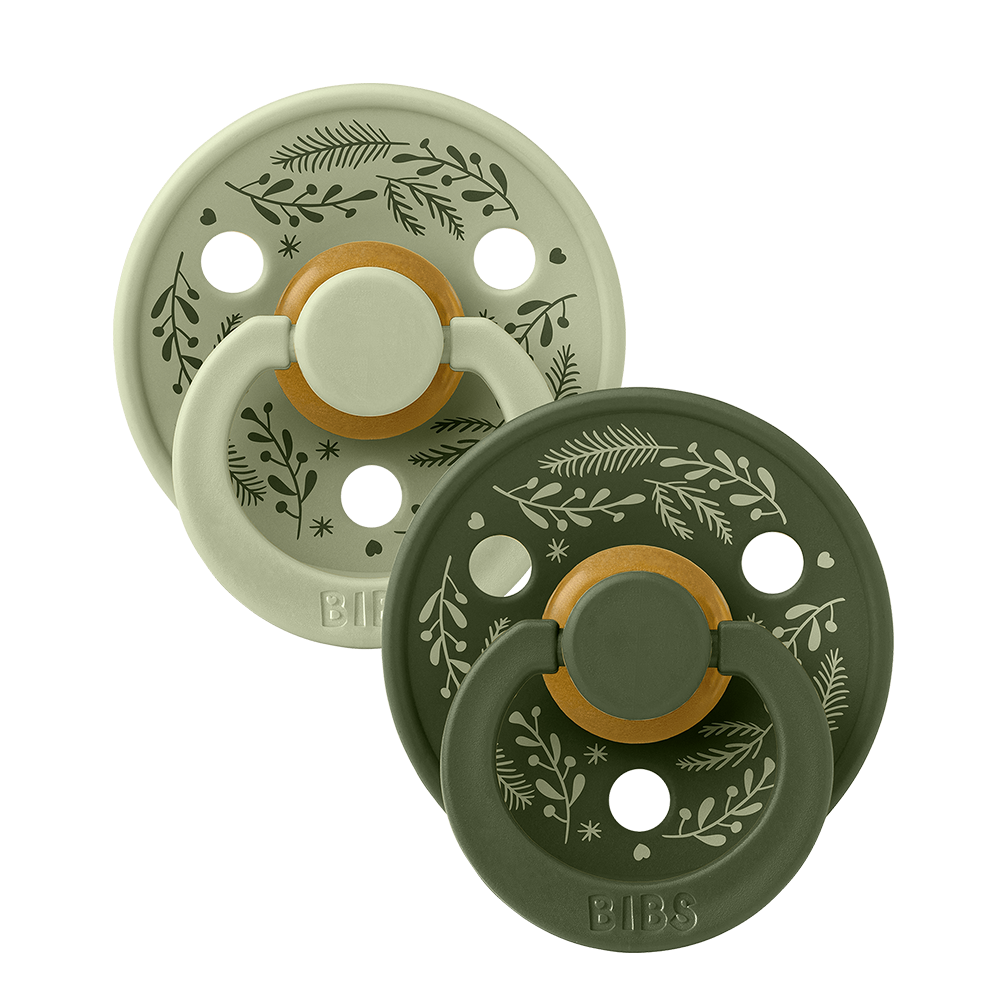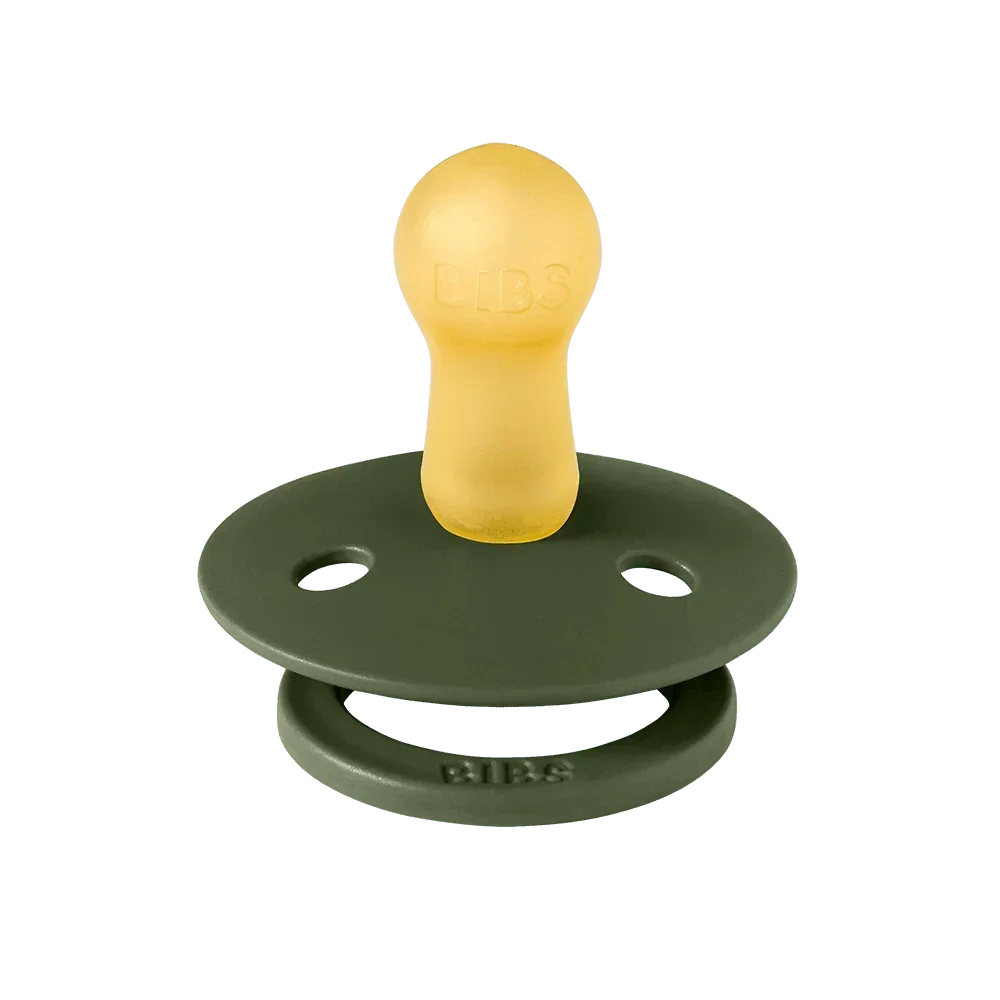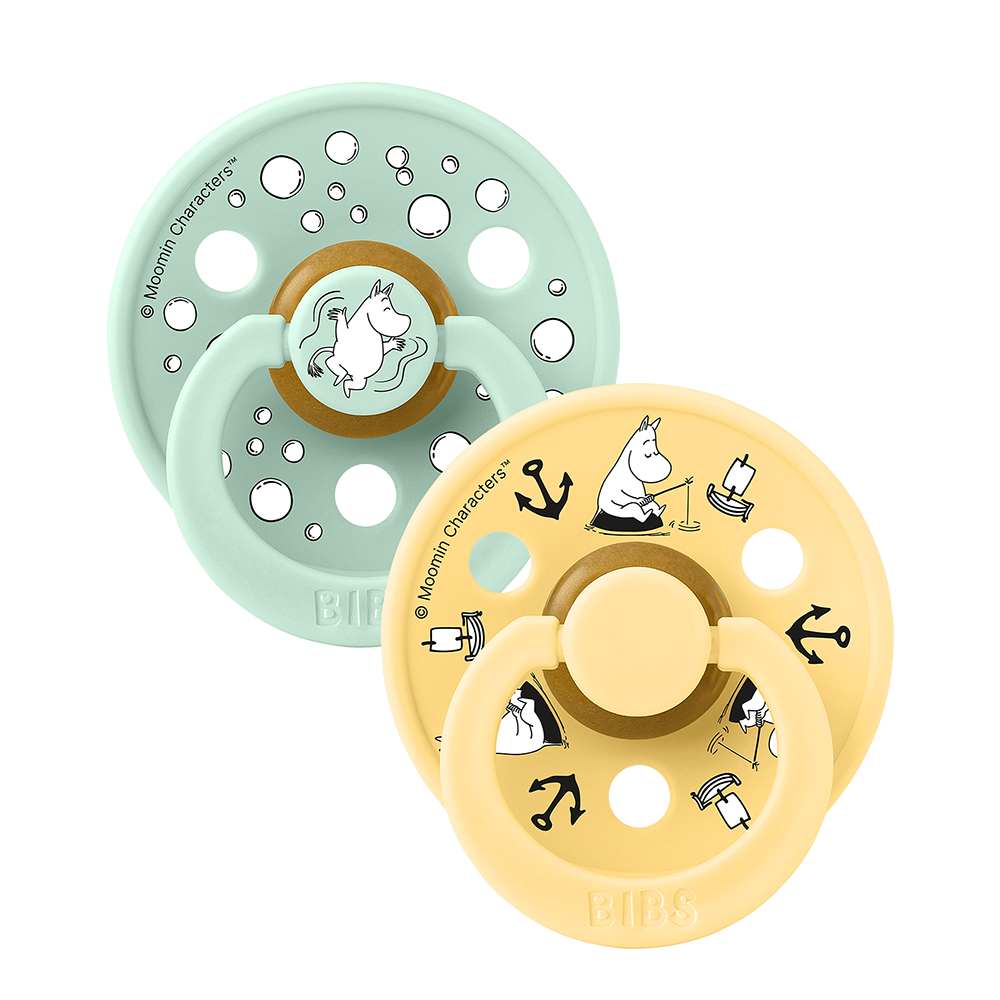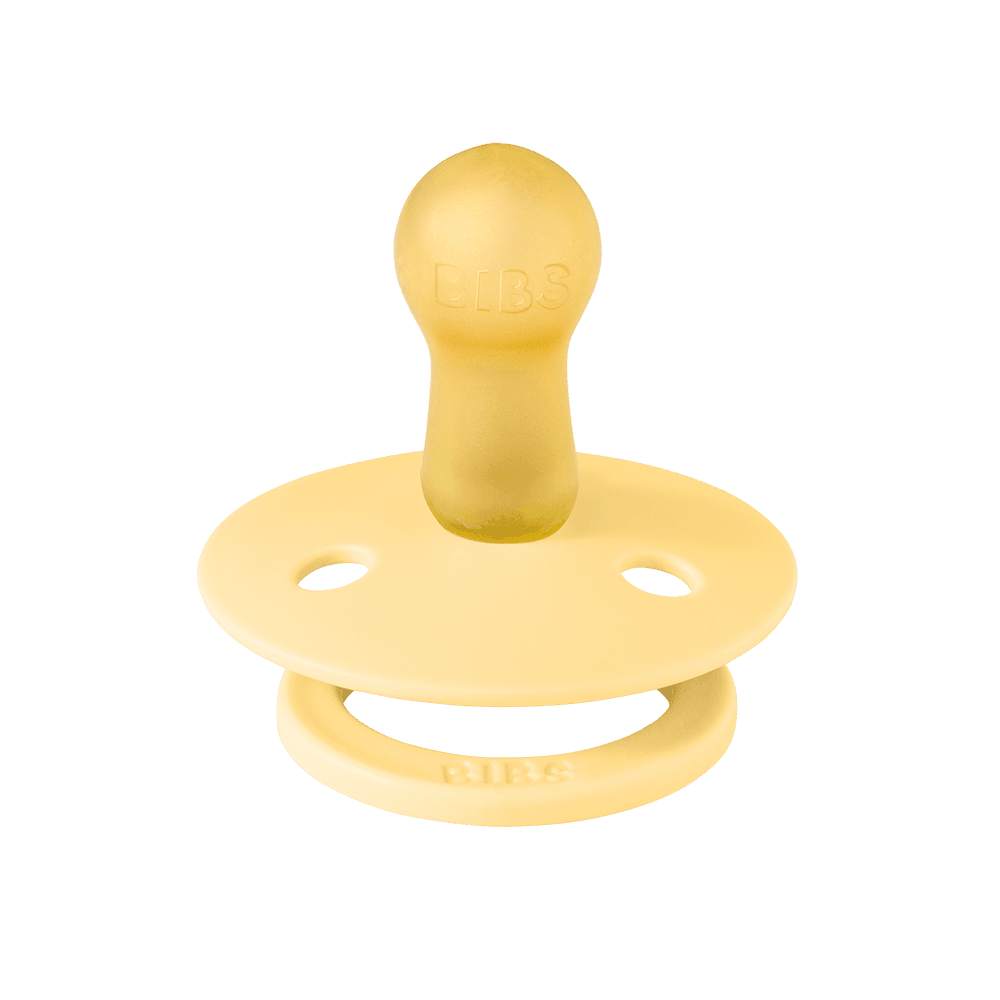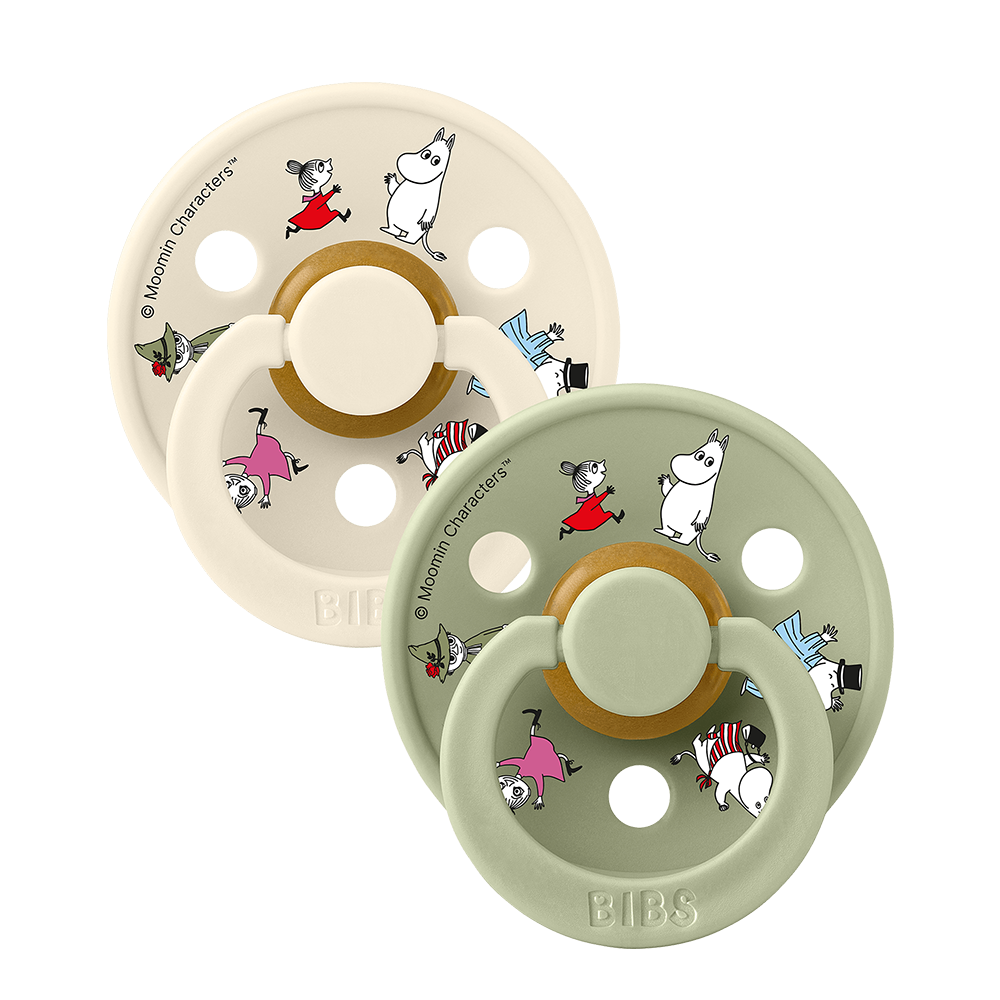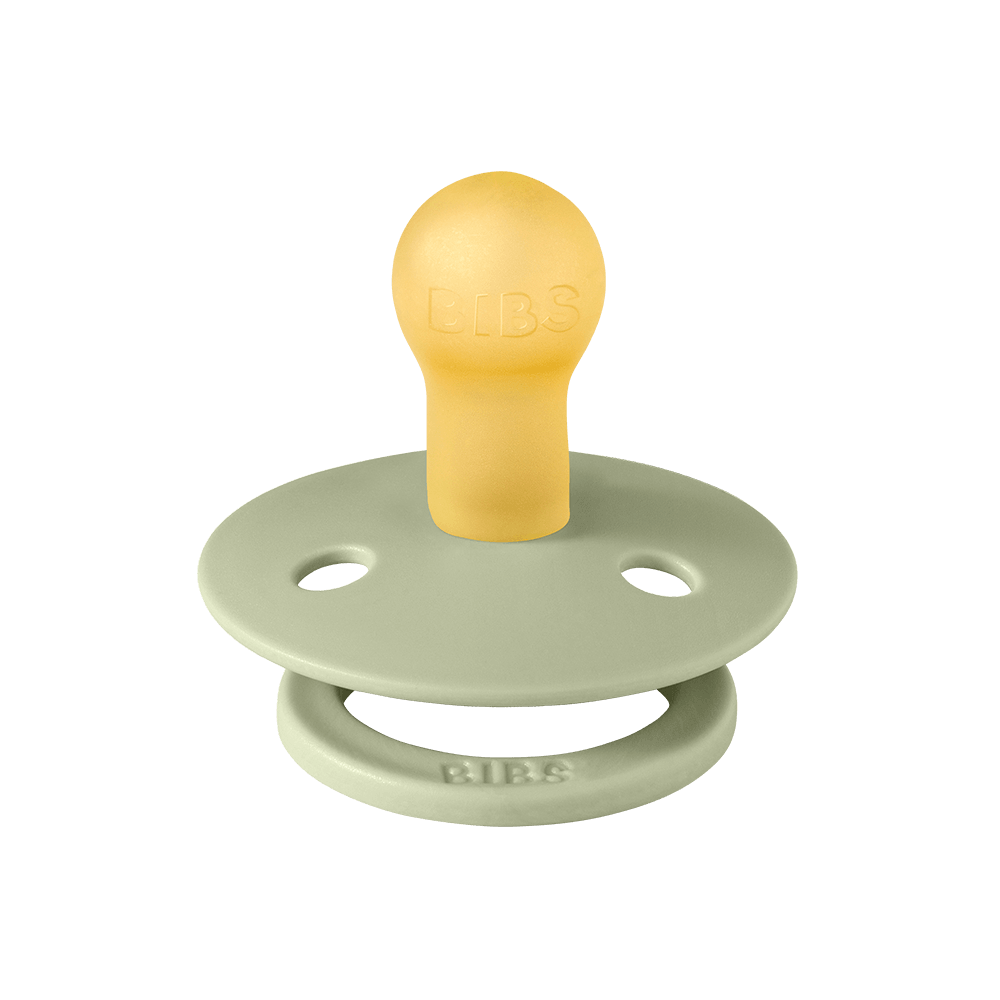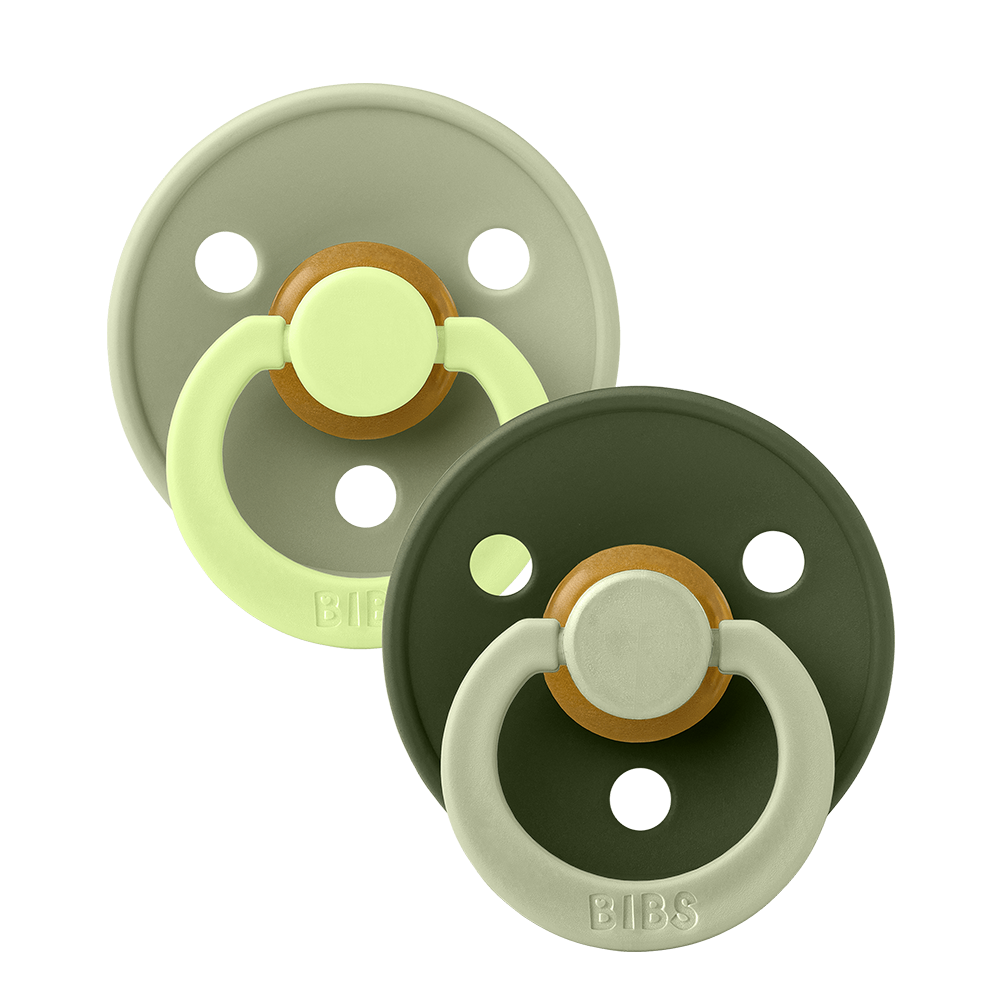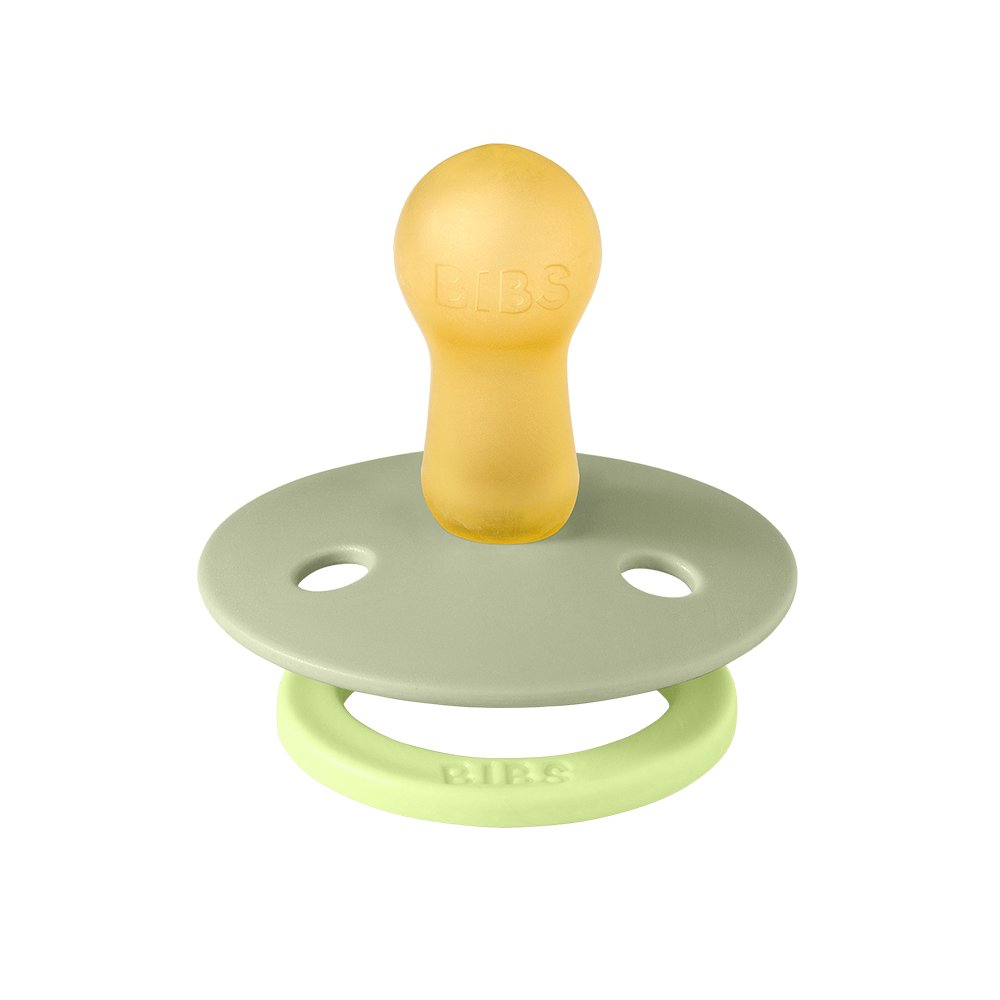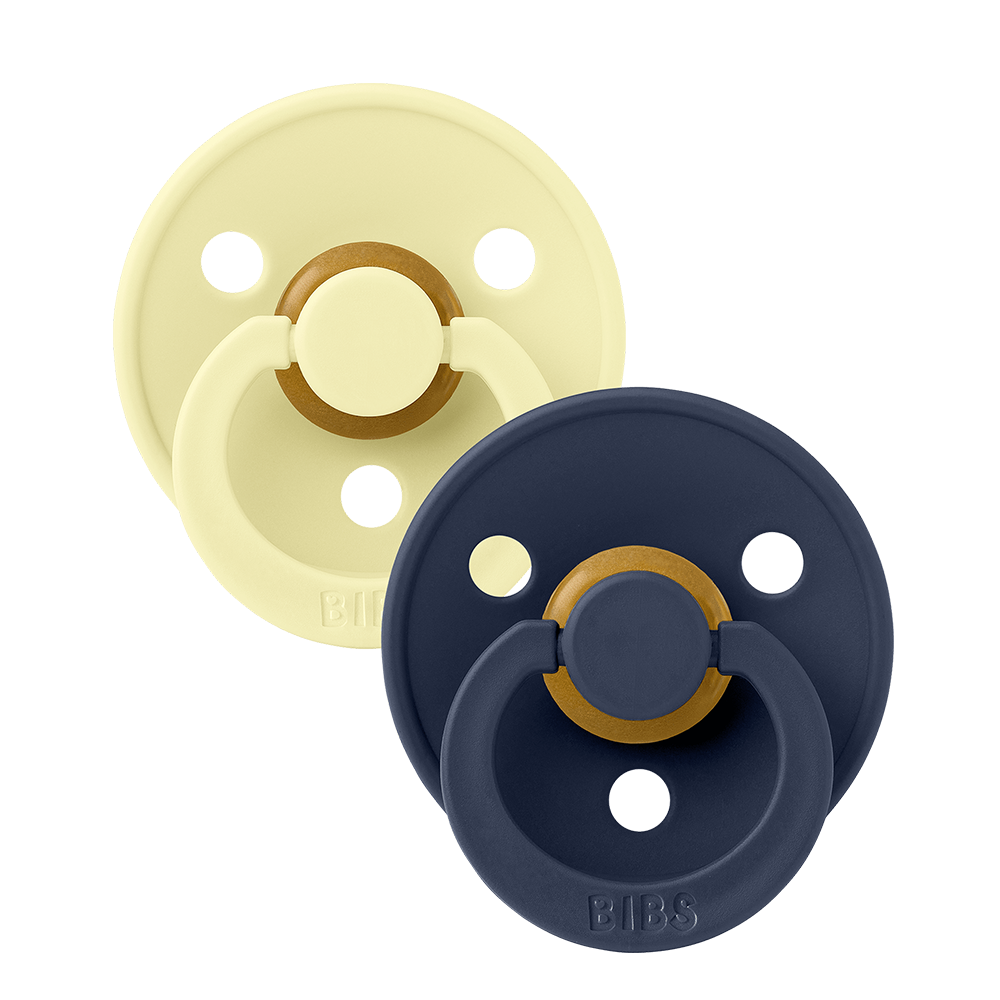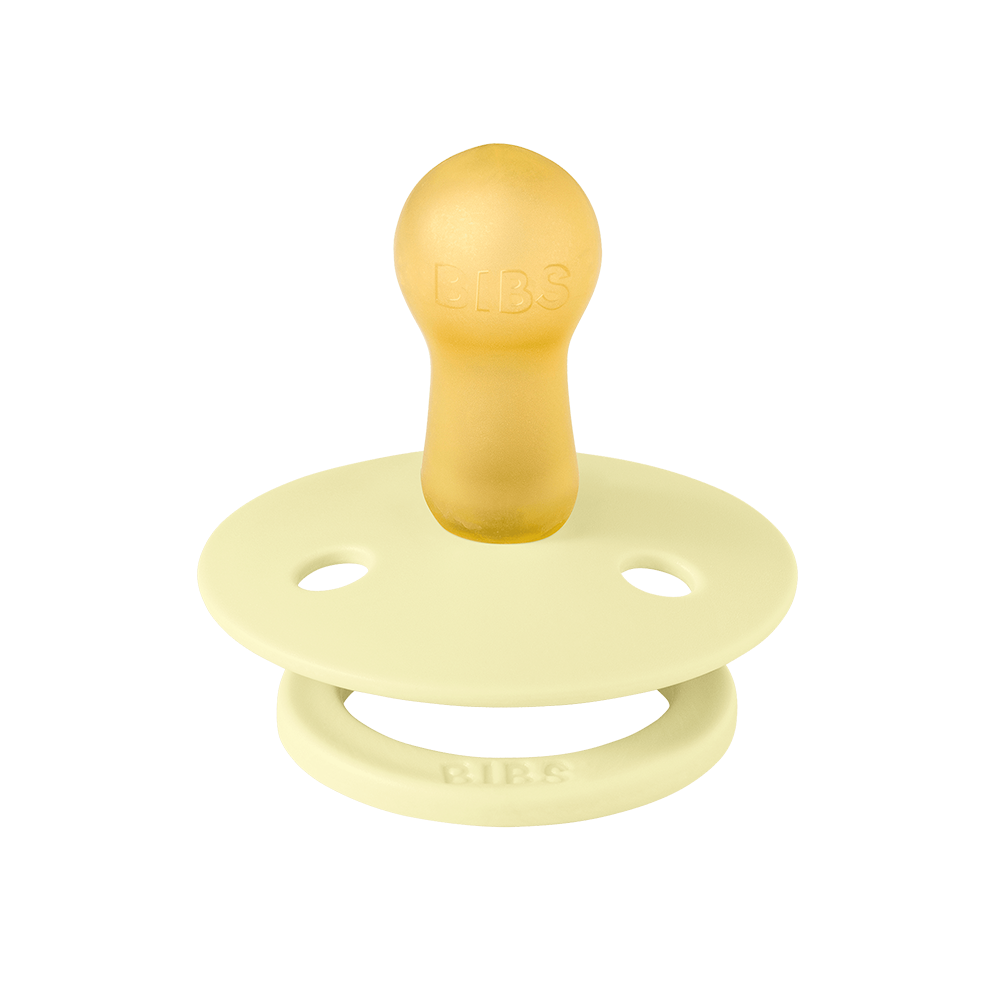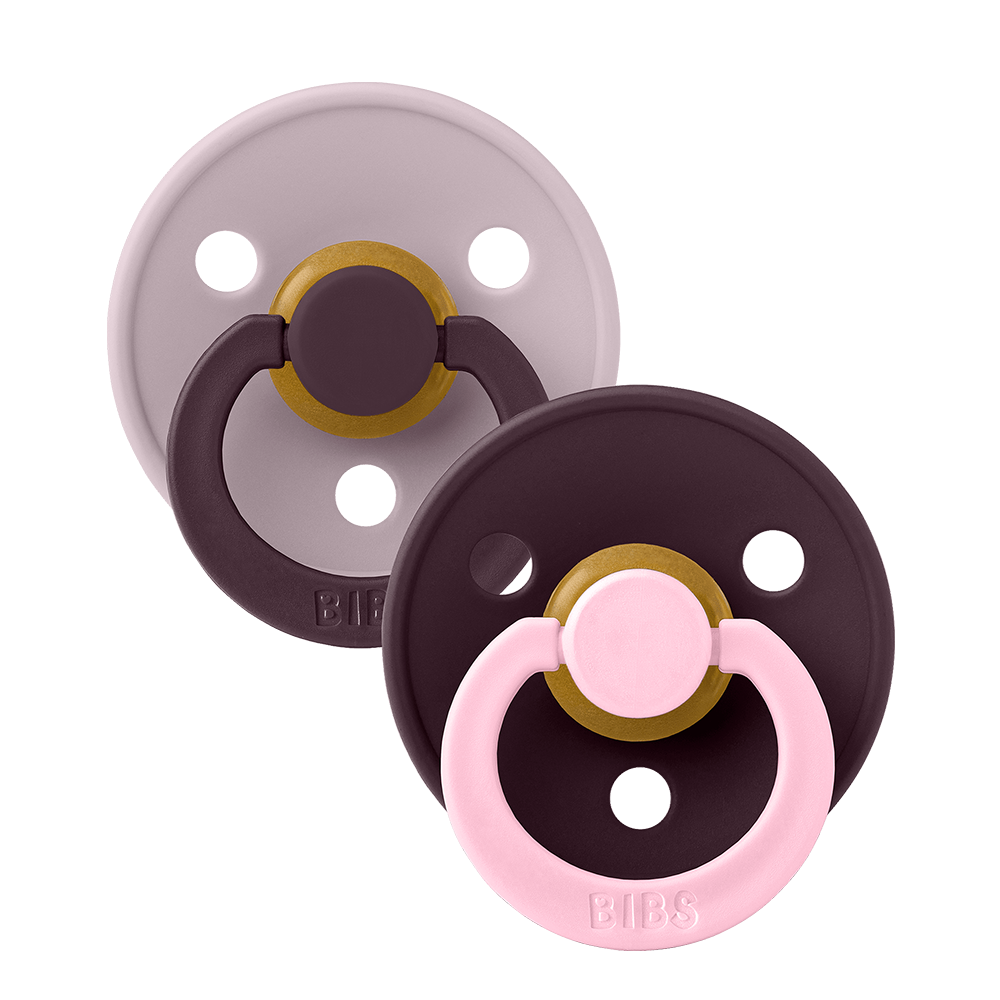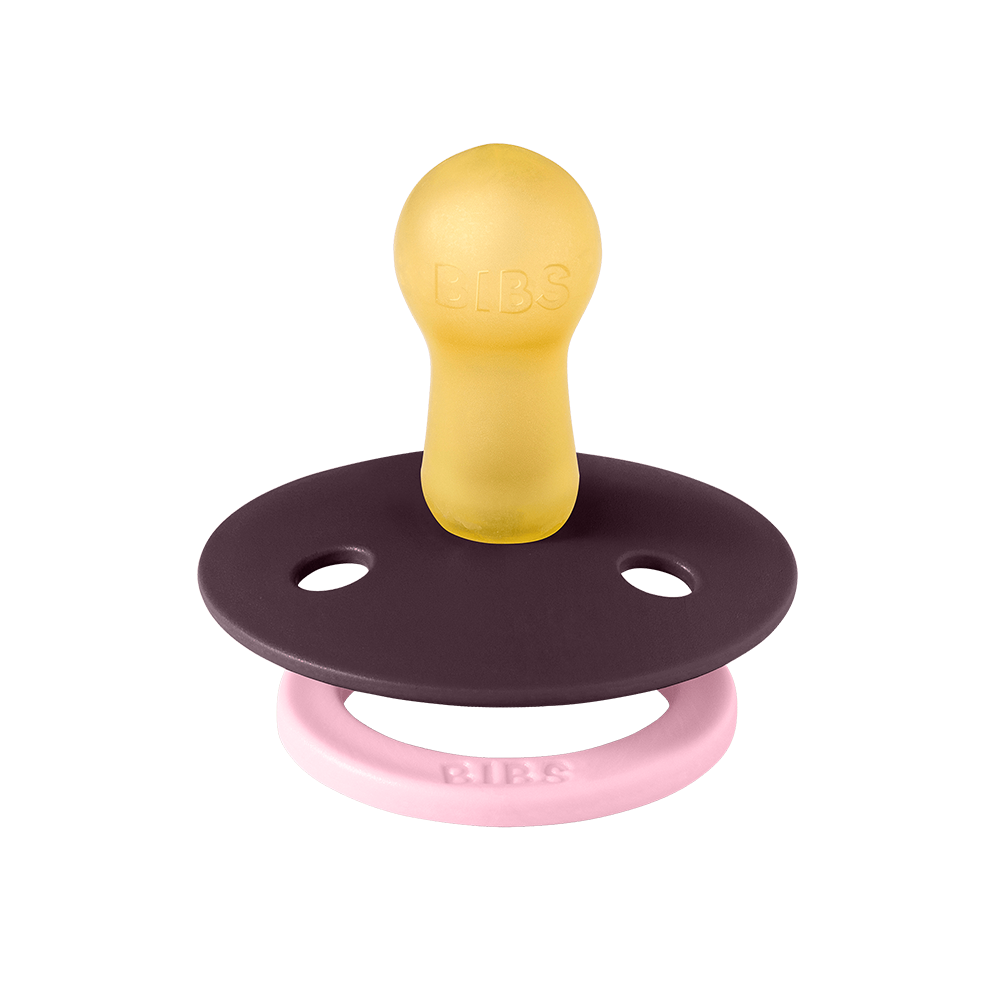
We recommend a replacement of pacifiers every 4-6 weeks for both safety and hygienic reasons. Keep an eye out for any changes in the surface, changes in size and shape, or rupture in the material, and replace the pacifier if you notice any differences. Pull the nipple in all directions and inspect it carefully before use and replace the pacifier at the first sign of damage or weakness.
Natural rubber latex nipples
Natural rubber latex is, in contrast to silicone nipples, a natural material and is affected by sunlight, high temperatures, and moisture which accelerates the aging process of the latex material. Therefore, the material changes its properties and can become brittle or sticky. Whenever you experience a change in the material the pacifier must be replaced.
Natural rubber latex pacifiers must be replaced when you see the following signs:
- Changes in the surface
- Changes in size
- Change in shape
- Rupture in the material
- Becomes brittle or sticky

Enlarged natural rubber latex nipple
Natural rubber latex nipple is affected by external influences like temperature, saliva, light, and heat. These changes are expressed in swelling, discoloration, stickiness, and loss of stability of the nipple by tensile load and correspond with the natural aging process of latex. An enlarged pacifier nipple indicates that the nipple has been in use for too long, and it must be replaced immediately.
Read more about how and why natural rubber latex expands >>
